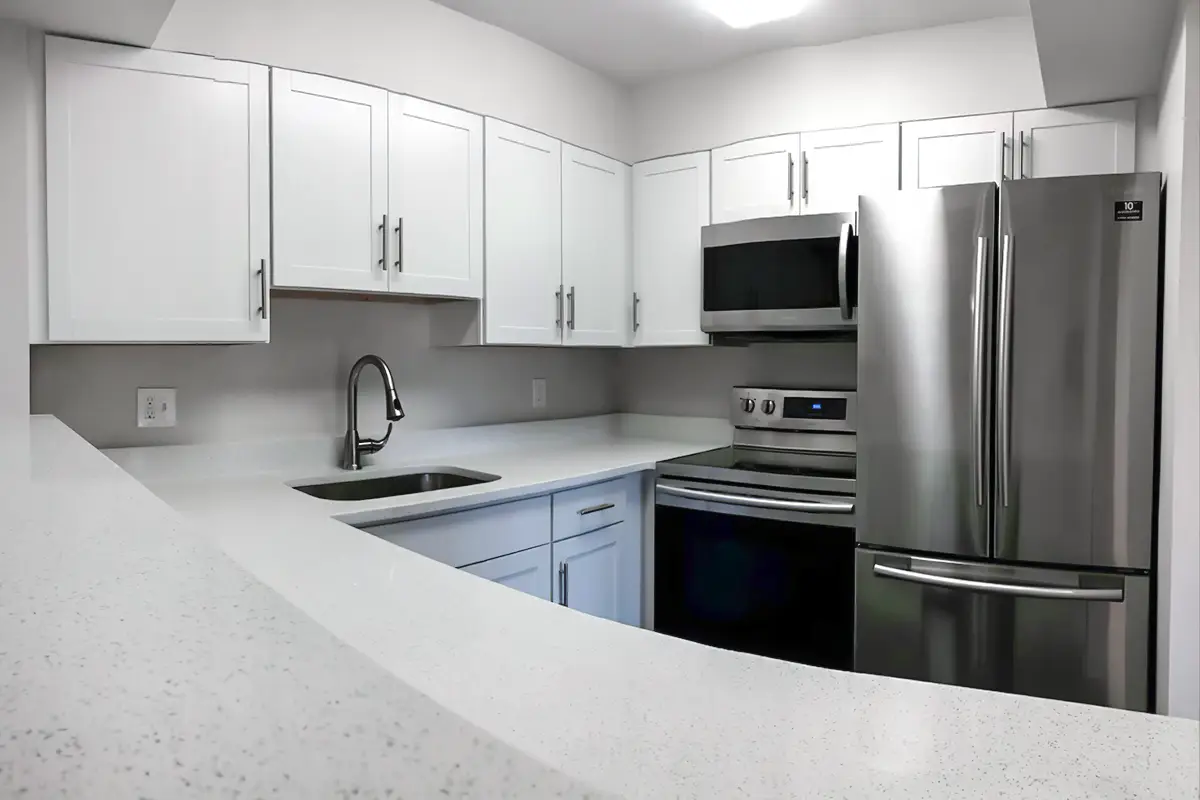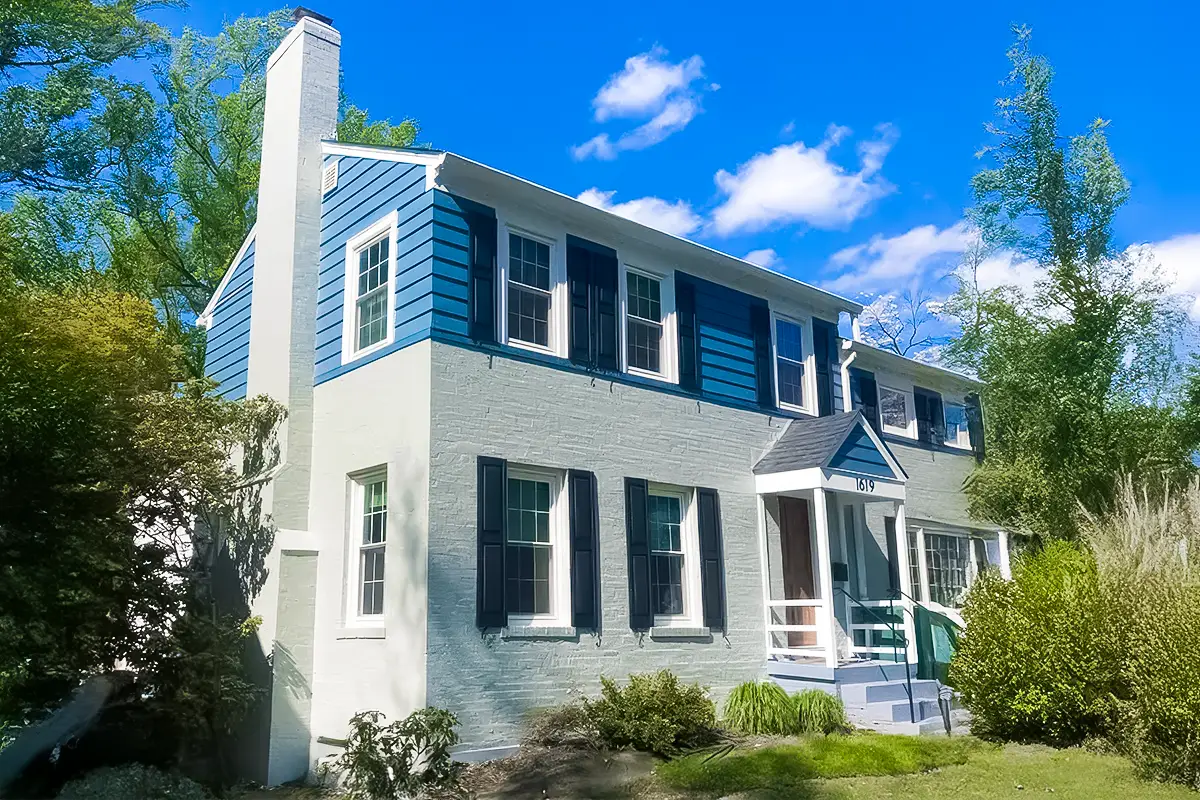
Exterior Color Schemes That Boost Curb Appeal
Great curb appeal begins with context. It is recommended to study the home’s style, nearby houses, and fixed elements, roof color, stone, brick, and hardscape. A timeless palette is chosen by matching undertones: warm roofs work best with creams, taupes, and muted greens; cool roofs pair well with crisp grays, blues, and whites. A three-part framework is applied body, trim, and accent to keep decisions organized and scalable from small bungalows to large colonials.
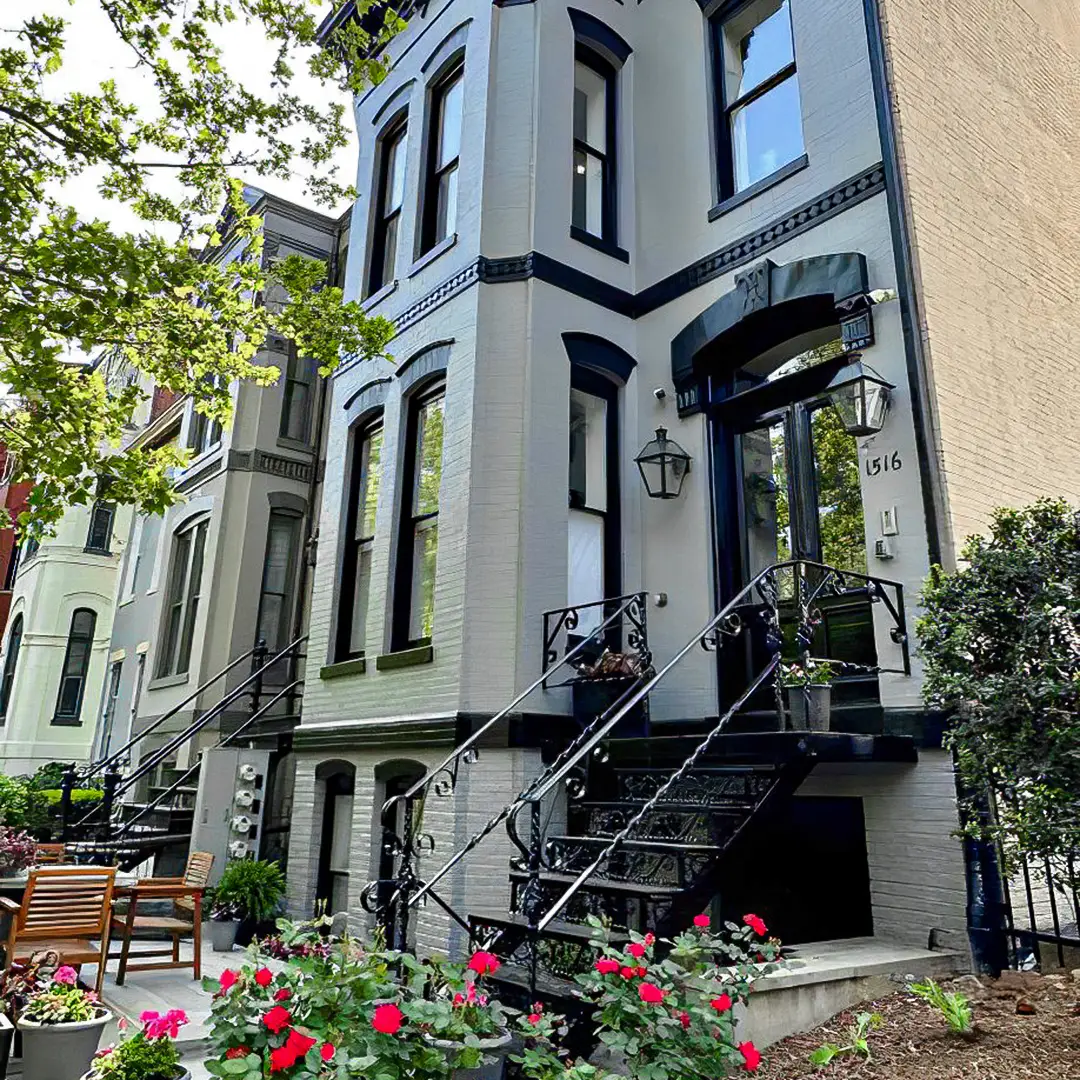
The 60–30–10 Rule for Balance and Contrast
A simple formula prevents chaos: around 60% body, 30% trim, and 10% accent. This ratio ensures harmony while letting important features stand out. The body color is kept slightly muted (LRV 35–60) to hide dust and weathering. Trim is made brighter or darker than the body by at least two steps to create crisp lines along eaves and windows. Accent doors, shutters, and columns are deliberately bold but limited to one family of hues so the eye has a clear focal point.

Undertones, Light, and Materials That Change Perception
Colors shift outdoors. It is advised to sample paints on the sunny and shaded sides of the house because UV light cools most hues and raises their brightness. North light tends to blue; south light can wash colors out. Materials matter: on smooth fiber-cement, colors read cleaner; on textured stucco or rough cedar, mid-tones hide imperfections better than pure whites or deep blacks. Where brick is present, the grout’s color temperature is treated as part of the palette so the body paint complements rather than fights the masonry.
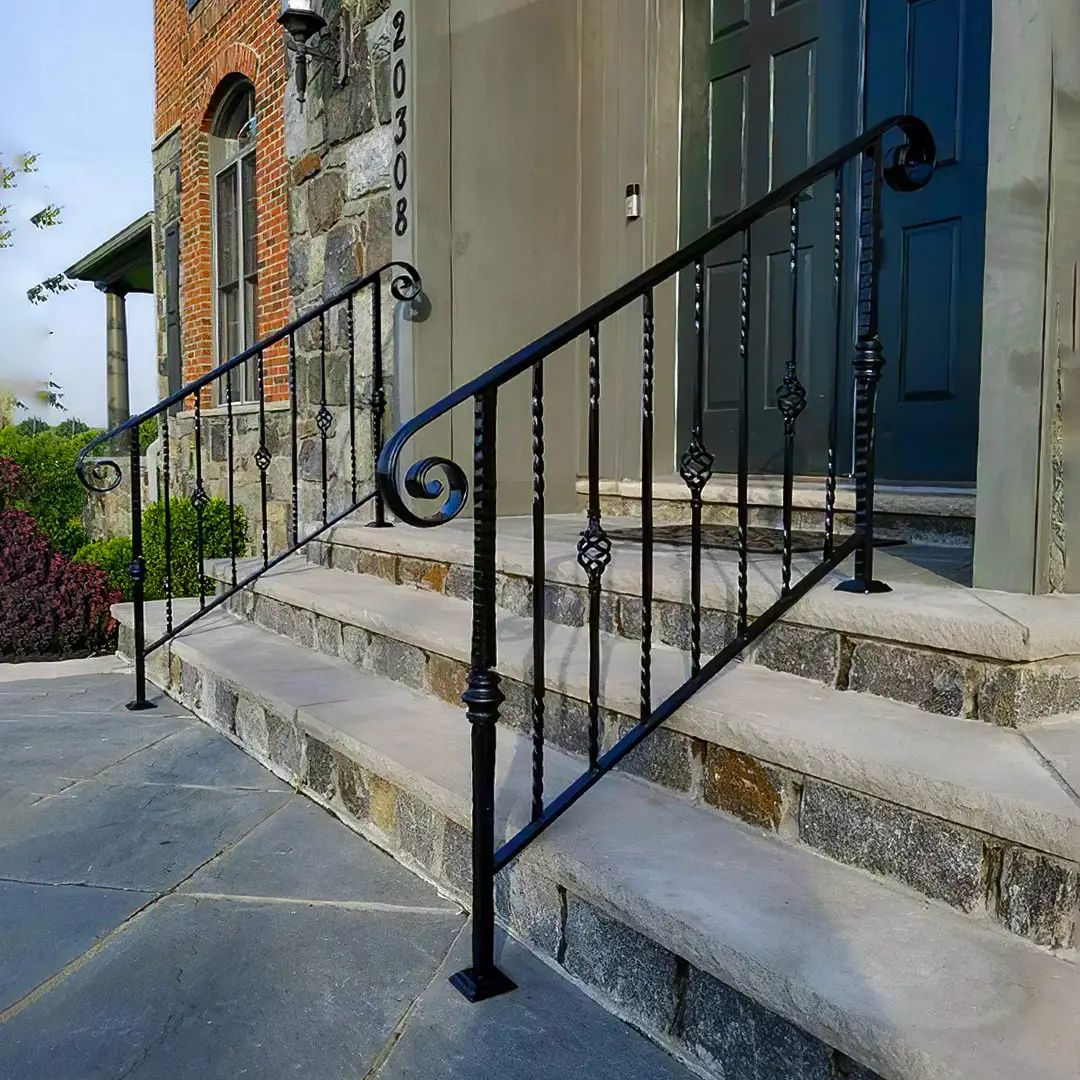
Front Door, Shutters, and Metal for a Polished Look
A purposeful focal point is created at the entry. Deep teal, charcoal, oxblood, or classic black offer sophistication without visual noise. If shutters exist, they are matched to the door or kept one shade darker than the trim to avoid a “striped” effect. Hardware, railings, and lighting are coordinated in one finish (satin brass, matte black, or brushed nickel). Gutters and downspouts are painted to blend with fascia or siding; only the door and house numbers receive the strongest contrast to guide the visitor’s eye.
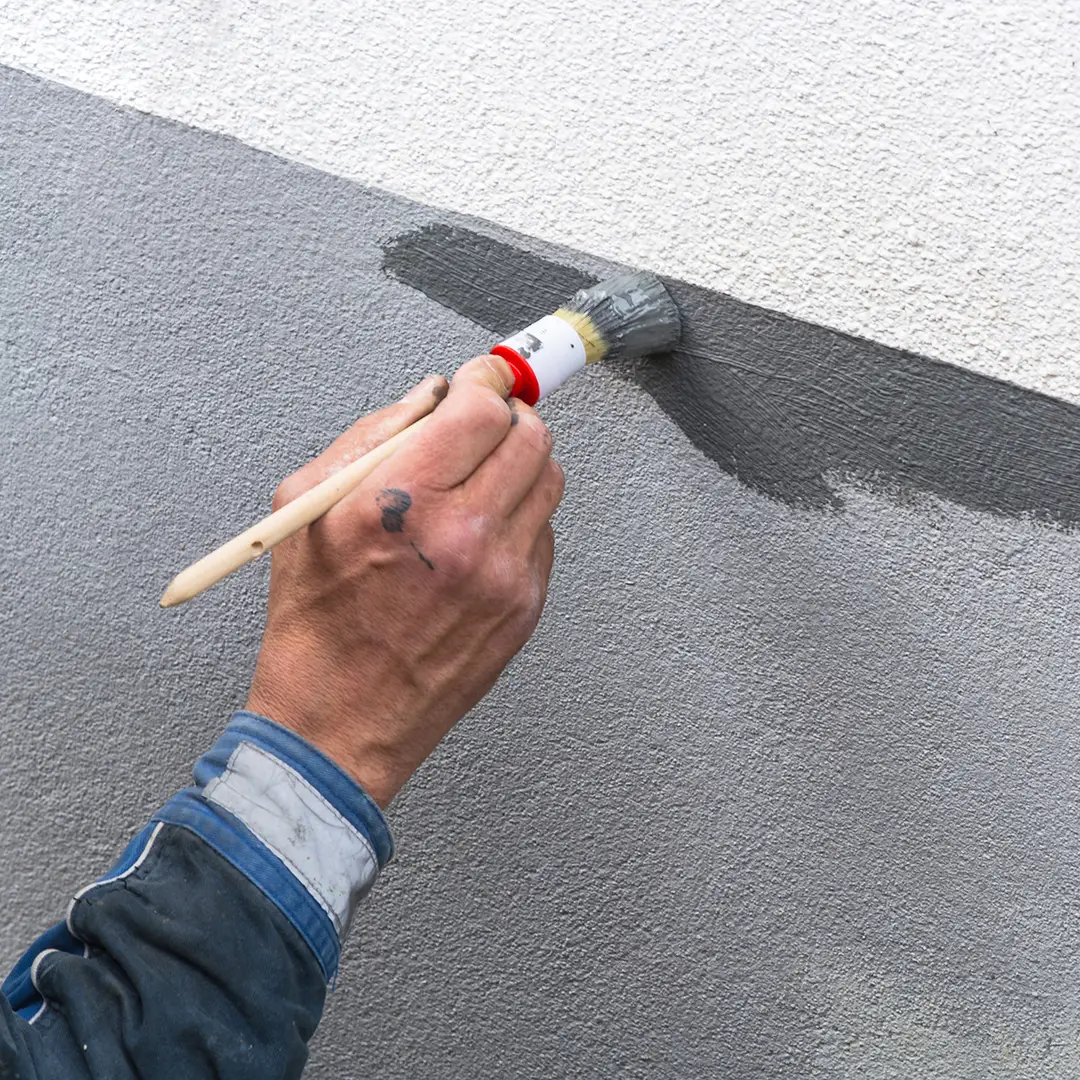
Test, Sample, and Stage the Rollout
Before painting the entire exterior, brush-outs are created on poster boards or sample sections and observed over 48 hours. Colors are reviewed from the street and during morning/noon/evening light. Sheen is set to satin or low-lustre for siding (better washability, fewer surface flaws), and semi-gloss for doors and trim. The plan is phased: clean and prime problem areas first, then body, trim, and finally accents, ensuring durable results that read beautifully from the curb.
Related articles
